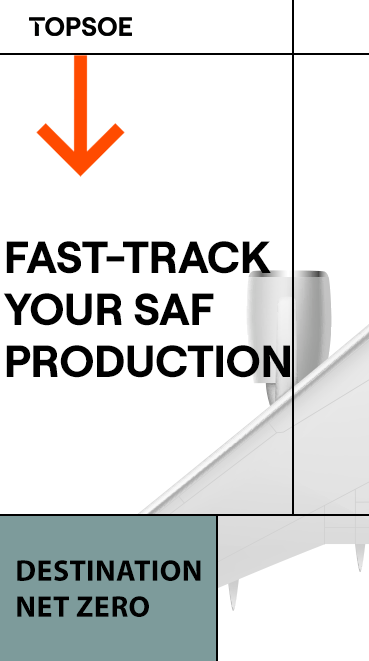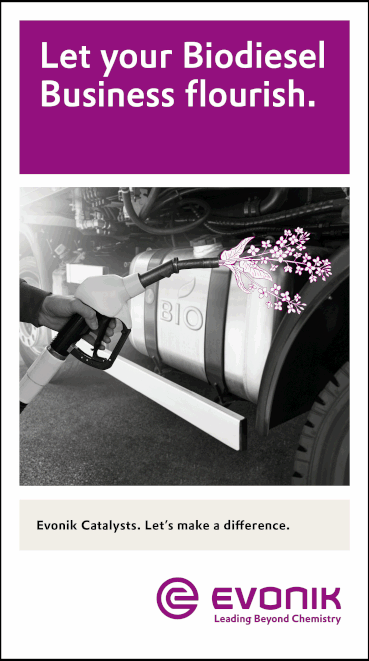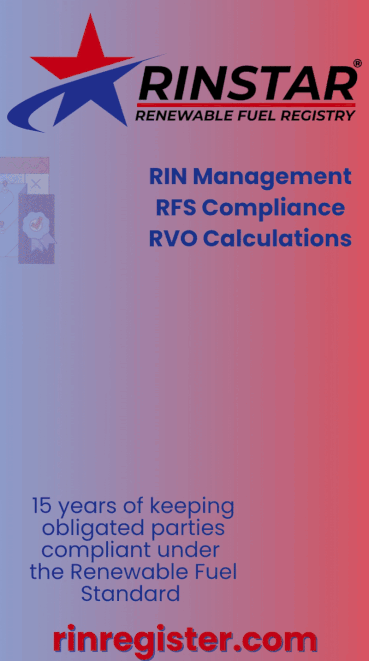Speed to Market
- Ron Kotrba

- Feb 1, 2023
- 6 min read

Despite cynics’ early doubts, Calumet’s Montana Renewables has begun manufacturing renewable diesel and sustainable aviation fuel (SAF) in Great Falls—and it soon plans to be the largest SAF producer in North America.
When Calumet Specialty Products Partners announced in early 2021 it was exploring renewable diesel manufacturing at the company’s Great Falls, Montana, refinery, the relatively obscure oil refiner joined a crowded field stacked with big-name petroleum companies with even bigger projects. While Calumet executives were confident in their plan, some people were skeptical whether the project would ever get off its feet, let alone reach commissioning a year and a half later.
“The cognitive dissidence, maybe, was that we had a bunch of conventional thinking from the analyst community,” says Bruce Fleming, executive vice president of Montana Renewables. He says coverage of Calumet’s plans, mostly from Wall Street types using conventional wisdom, came perhaps from a misunderstanding by analysts about this new market in which refinery assets are being repurposed. “We didn’t agree with it,” Fleming says. “We felt like a contrarian.”
What most of these critics didn’t know is that Calumet spent nearly two years studying the move prior to announcing its plans. One of the biggest questions facing Calumet was of feedstock—what will it use and where will the company get it?
“Energy commodities do not provide a springboard to become ag-commodities observers,” Fleming tells Biobased Diesel™. “People say, ‘There’s not enough feedstocks to go around.’ There are enormous quantities traded globally every day. A few refineries converting to produce renewable diesel are just a blip on the radar. The market is elastic. More acres can be planted, technologies can be deployed, farmers can obtain cash for cover crops. Camelina is going to be a poster child in our latitude, something farmers want to do—that’s a whole new factor. Conventional analysts missed all the responses. When there’s a shortage, prices rise and unexpected responses show up, and prices go back down.”
Ag commodities “think” and “behave” differently, Fleming says. “We did not claim to know anything about it,” he admits. “So, we went out and got people who did understand it.”
Calumet hired VEOS and StoneX Group. “They’ve been doing this for a really long time,” Fleming says. “We subsequently added a really qualified tallow trader too.”
Despite the critics, Calumet continued referencing in its earnings calls quarter after quarter the location advantage its refinery in Great Falls, Montana, had over other market players—for both feedstock and final product distribution. “We have 10 times more feedstock than we need flowing past us,” he says. “It’s an accident of geography.” Canola from Canada and the upper Midwestern and Western U.S. “ships right past us to get anywhere,” Fleming says, adding that hydrotreated canola oil wasn’t approved by U.S. EPA under the Renewable Fuel Standard when Calumet began this journey—but it is now.
For the refinery conversion itself, Fleming says Calumet had additional advantages over its competitors. Most of the refineries converting to renewable diesel were not performing well in the petroleum market and had either shut down or soon would, he points out. “We were not on that road,” Fleming says. “But through an accident of history, our hydrocracker was much larger than we were able to take advantage of.”
Before Calumet ever considered renewable diesel production, its oversized hydrocracker was retrofitted with 317L stainless steel, which the company says is needed to process highly acidic renewable feedstock.
Plans for the catalyst changeout were originally set for spring 2022 during a scheduled refinery turnaround. These turnarounds typically happen in the spring or fall, never winter or summer. A third of what Calumet produces in Great Falls is high-quality asphalt, a high-demand product that ships all over the U.S. After talking with the board of directors, the turnaround and catalyst changeout was put off until fall, to take advantage of one more summer of asphalt sales.
Even with the planned delay, the project came to fruition quickly. “The metric we’re judged by is speed,” Fleming says. “When we told people how fast we’d do it, they said, ‘No you won’t.’” He adds no one bothered to ask what’s been done already—like the 317L stainless steel—to expedite the process. “It wasn’t our job to convince doubters,” Fleming says.
When large, expensive projects are undertaken, they are typically done as carefully and efficiently as possible. “That’s one reason why large projects in the hands of conventional EPC activity take a long time,” Fleming says. “We wanted to speed to the prize, be fast and sacrifice certainty on spending for certainty on time. With investors it’s dates, not dollars. In commodities, if you overinvest, you can have trouble recovering. We felt good about where we stacked up.”
Calumet found no shortage of investments in the project, which became known as Montana Renewables, a wholly owned subsidy of Calumet. Oaktree, Stonebriar and Warburg Pincus saw the vision and were convinced of the possibilities.
As the company was starting production, it announced two transactions that together fund the plant’s working-capital needs, including a supply and offtake agreement with Macquarie Commodities and Global Markets, which provide inventory monetization for feedstocks and products, as well as intermediation services connected with feedstock purchases, the company stated. Simultaneously, a $90 million asset-backed loan revolving-credit facility was executed with Wells Fargo Bank, secured by accounts receivables and open blenders tax credit refunds.
The company also surrounded itself with qualified technology, equipment, and service companies. Burns & McDonnell was chosen as EPC contractor. Matrix Service was awarded the contract to build seven new storage tanks. Topsoe provided its well-known HydroFlex™ process technology. Technip Energies was retained to build a new green-hydrogen plant. And Applied Research Associates is providing the pretreatment unit.
Current Production, Future Plans
Montana Renewables began processing renewable diesel this fall. “After a year of investing in the conversion of our facility, today (Nov. 30) we are sending out our first railcars of renewable diesel fuel,” said Ron Colwell, general manager.
In November, the company had $50 million in feedstock inventory on site. “Our feedstock strategy is to gather locally, and we have soy, canola, distillers corn oil and tallow inventoried,” Fleming says. He notes that while Montana produces these crops, the state does not crush the seeds nor render or recycle animal byproducts. “Our long-term vision is that agribusiness will connect the farm, ranch and us, by building crusher or meat packing in Montana,” he adds. “Camelina is not commercially available in large quantities, but it will be.” Montana Renewables has reserved land on its site in Great Falls to accommodate a crush plant, if a deal can be struck with the right co-op or company.
Also in November, the board of commissioners for Cascade County, where Great Falls is the county seat, approved a proposal to issue its solid waste disposal and sewage facility revenue bonds, up to $275 million, to Montana Renewables. The company has been successful in raising equity but raising debt has been more challenging. According to Fleming, it had been running a conventional debt process in early 2022, but once Russia invaded Ukraine, the markets became uneasy. “So that didn’t get done,” he says. The municipal bonds approved for issuance by Cascade County are essentially a loan—the debt financing Montana Renewables had been seeking. While the approval by the county board of commissioners is a positive development, it isn’t the actual issuing of the bonds, but rather a step toward their issuance. Fleming anticipates the bonds to be issued this spring.
The new hydrogen plant, the flowsheet for which Montana Renewables has filed for patent protection, will use ample off-gas supplies from renewable diesel processing to completely provide enough hydrogen for its needs and is targeted for completion in December. The pretreatment system is expected to come online after that, sometime late this winter.
Refinery assets have been completely separated into a 12,000-barrel-per-day (bpd) crude-oil refinery and 12,000 bpd of renewables. For renewables, this breaks down to approximately 135 million gallons per year (mgy) of renewable diesel capacity, 30 mgy of sustainable aviation fuel (SAF) capacity and 15 mgy of renewable naphtha capacity. Selling its renewable products won’t be a problem either. “We have three blue-chip customers,” Fleming says. “Phillips 66, Chevron, and the third is bigger than them. All three have contracted for as much renewable diesel as we can get them.”
The company has secured an SAF agreement with a blue-chip offtaker for 30 mgy and is pivoting its production plans to manufacture greater volumes of SAF. By the first quarter of 2023, Montana Renewables will be the largest SAF producer in North America, according to the company. SAF production for 2023-’24 is expected to expand to 60 mgy, with the potential to produce a maximum of up to 230 mgy of SAF by 2024.
In the end, Montana Renewables defied the odds—or at least the opinions of the odds-makers and analysts—and pulled all the disparate elements together to successfully bring its biobased diesel project to fruition in Great Falls. The work is far from over but producing 230 mgy of SAF by 2024 would double even the most optimistic global SAF output estimates for 2022, according to recent data from the International Air Transport Association. And despite the board-approved six-month delay in commissioning, Calumet and Montana Renewables still succeeded in its goal, which, as Fleming describes it, was “speed to market, speed to prize.”
Author: Ron Kotrba
Editor, Biobased Diesel™
218-745-8347
editor@biobased-diesel.com




























-RKstandin.jpg)





